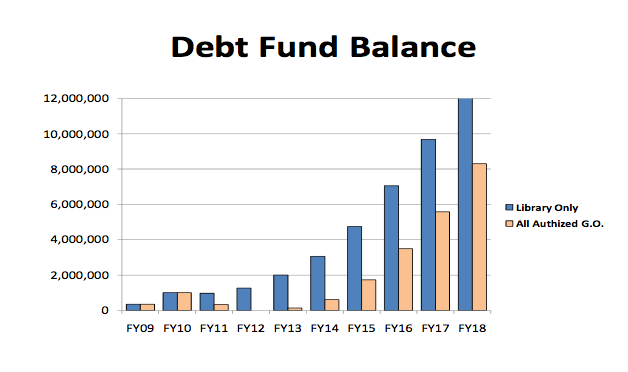After a very long day and a very long evening. I finally got a chance to ask Council to take a more measured approach to approving OWASA’s proposed modifications to the agreement controlling access Lake Jordan’s water.
The proposal might have appeared technical in nature but, at the heart of it, had policy ramifications impacting our community’s environmental commitments, fiscal health and pledges of sustainability.
Unfortunately Council, by a 7 to 2 vote, passed the resolution tonight without reviewing those wider issues and doing due diligence.
What might the future hold then?
1) Non-emergency use of the 5 million gallons per day (5MGd) to meet unsustainable growth patterns.
Current utilization is 6 to 7 MGd per day. No justification was made for doubling our water usage profile by tapping Lake Jordan for new non-emergency uses. Sadly, Council decided not to limit water allocations to clear emergency conditions.
UNC has already stated several times that it is keenly interested in securing this supply. If the new supply is only to function as an “insurance policy”, why that sharp interest?
2) As OWASA Chair Merklein put it so well this evening – there is only room for one more straw into Lake Jordan.
Any of the 5MG/d we draw down from Lake Jordan will have to come through either Cary’s or Durham’s infrastructure. OWASA clearly suggested that Chapel Hill will eventually rely on Durham’s “straw”.
Given that, I don’t think there’s any scenario involving long term draw downs through Durham which don’t incorporate significant additional costs to the OWASA customer base.
Why? As Durham has already signaled, as recently as 2008, it wants its Lake Jordan intake partners to participate in the financing and build-out of that new “straw”. If OWASA doesn’t directly underwrite its part of the project, it is hard to imagine that Durham and its other partners won’t charge a higher fee for water in order to recover their expenses. Either case, the fiscal impact was totally ignored this evening.
3) When OWASA’s 2010 Long Range Water Plan was presented to the Sustainability Task Force last year, we were told that supplies were sufficient for the next 50 years. The only “tight spot” were the years just prior to 2035 when the Rock Quarry reservoir comes online.
That point was reiterated this evening by Gene Pease, who spoke of a meeting he had just last week where he was told the same thing. The maximum anticipated shortfall is well less than 15%, very much less than the 5MG/d Council just approved, so why the hurry to move ahead?
OWASA stated approval was needed this year to secure the allocation, and I accept that, but that doesn’t excuse Council from putting some constraints on non-emergency allocations.
4) Water is required for growth. That point was well-understood when our joint community’s financed OWASA’s acquisition of a watershed that was supposed to meet our very long term needs. This community has fought hard – continues to fight hard – to maintain the best environmental standards within that watershed.
Council repudiated that tough fight this evening when they essentially agreed that OWASA could “borrow” as much as 5MG/d from Lake Jordan (an impaired water source).
Worse, we don’t know what constrains OWASA from tapping Lake Jordan for “non-emergency” reasons. If Council or Carrboro approves one too many East54 type developments – is that considered grounds for purchasing resources to fuel inappropriate growth?
5) Finally, as Council member Jim Ward pointed out this evening, just knowing we can tap another 5MG/d makes it tough to sell even more stringent water conservation policies. An important negative feedback loop has been removed.
Tonight’s misstep, of course, is part of a wider problem which our community and, especially, its current leadership has yet to successfully grapple with – are there constraints to growth?
Are we willing to purchase resources on the open-market to fuel an unsustainable level of growth? What, exactly, are we willing to trade away in building our future?
Unfortunately, the answers this evening were loss of local control of our water, loss of community reliance on local resources, loss of a commitment to live within our own footprint.


